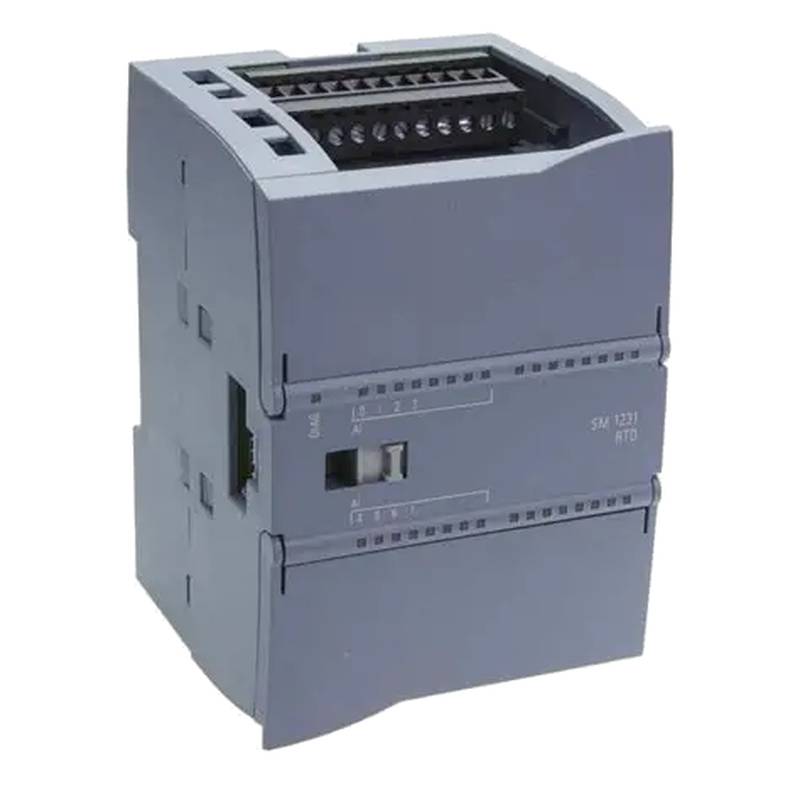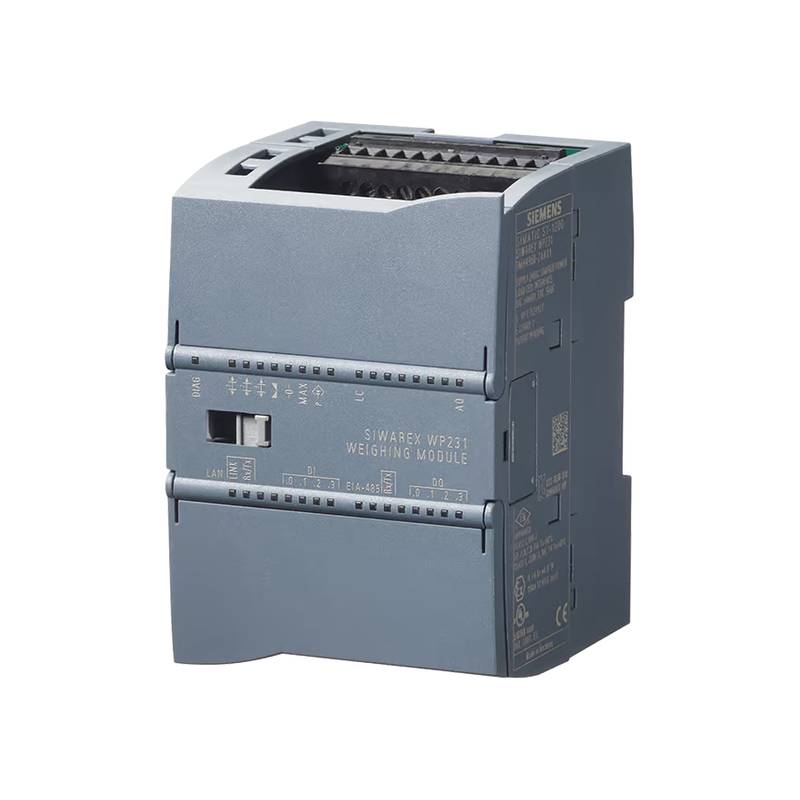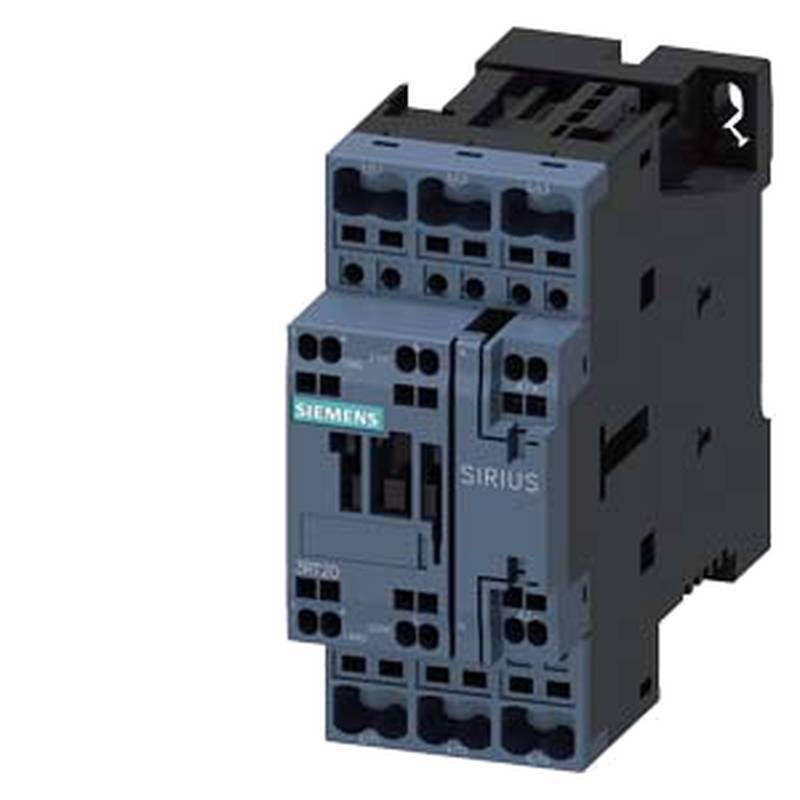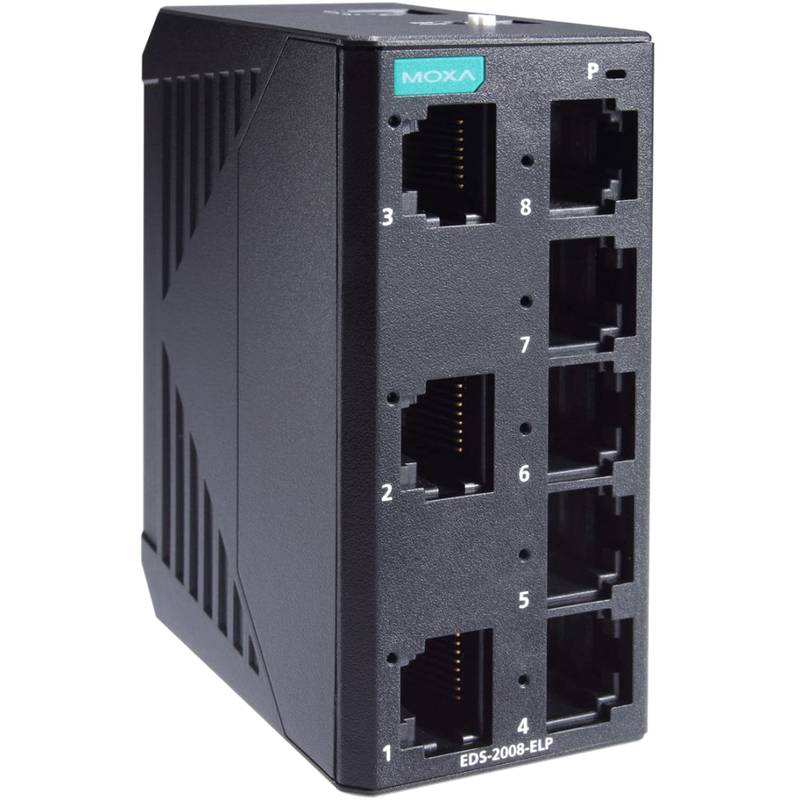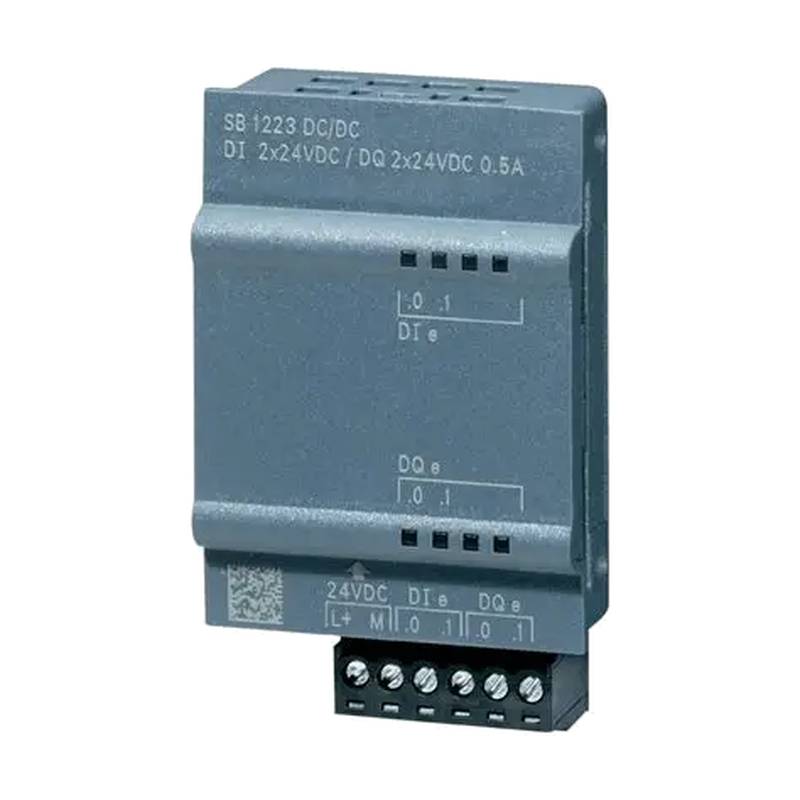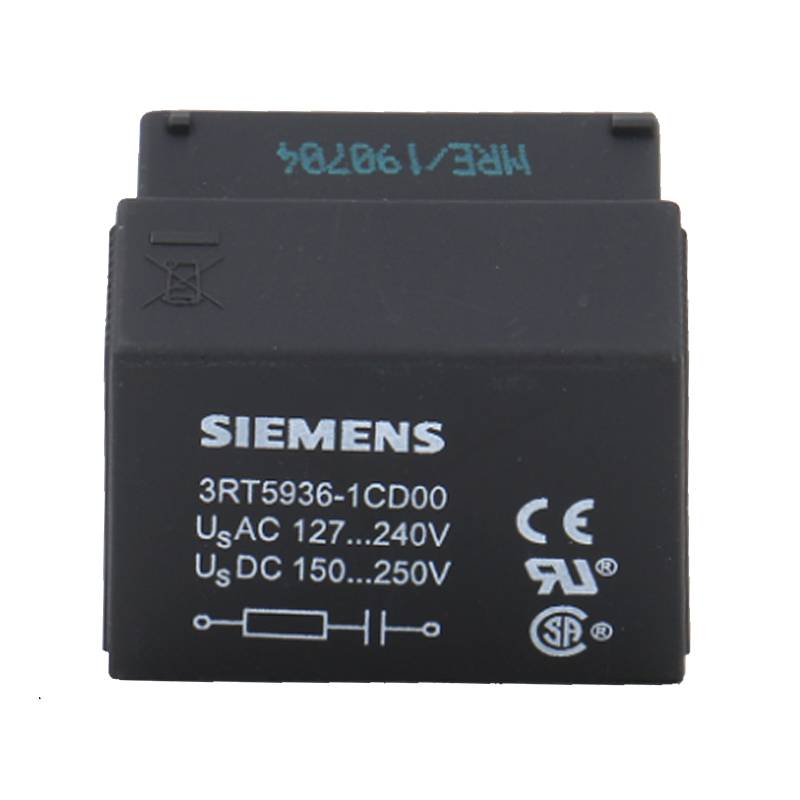
The SIMPHOENIX DX100-4T0022 Universal Industrial Standard Frequency Inverter, a 2.2kW powerhouse, offers robust and versatile control for a wide array of industrial machinery. Its advanced vector control technology ensures precise speed and torque management, while the high-performance current vector algorithm provides exceptional dynamic response and overload capability, making it a superior choice for demanding applications. Key technical specifications include an input voltage range of 380-480V AC, an output frequency of 0-400Hz, and integrated PID control for closed-loop system management. The inverter also boasts a compact design, efficient heat dissipation, and comprehensive protection functions, cementing its position as a reliable and cost-effective solution in the industrial automation landscape.
SIMPHOENIX DX100-4T0022: Product Specifications
| Parameter | Specification |
| :-------------------- | :--------------------------------------------- |
| Model | DX100-4T0022 |
| Power Rating | 2.2kW |
| Input Voltage | 380-480V AC (3-Phase) |
| Output Voltage | 0-480V AC (3-Phase) |
| Output Frequency | 0-400Hz |
| Control Method | Sensorless Vector Control, V/f Control |
| Rated Current | 10.0A |
| Overload Capacity | 150% for 60s, 180% for 10s |
| Communication Ports | RS485 (Modbus RTU) |
| Protection Features | Overvoltage, Undervoltage, Overcurrent, etc. |
| Ambient Temperature | -10°C to +40°C |
| Dimensions (H x W x D)| 220mm x 140mm x 170mm |
Core Features & Market Positioning
The SIMPHOENIX DX100-4T0022 distinguishes itself through its exceptional sensorless vector control, delivering precise motor performance akin to closed-loop systems but without the added complexity and cost of encoders. This advanced control strategy allows for accurate torque regulation even at very low speeds, a critical advantage in applications requiring high starting torque, such as conveyors and extruders. Its robust overload capability, capable of handling up to 180% of rated current for short durations, ensures reliable operation under transient load conditions, minimizing downtime and protecting valuable machinery. The integrated PID controller further enhances its market position by enabling sophisticated process control, such as maintaining constant pressure or flow rates, directly within the inverter, reducing the need for external controllers.
Key Application Scenarios
This universal frequency inverter finds extensive utility across numerous industrial sectors. In the material handling industry, it excels in controlling conveyor belts, ensuring smooth acceleration and deceleration, and maintaining consistent speeds for efficient product transfer. For pump and fan applications, the DX100-4T0022 precisely regulates flow and pressure by adjusting motor speed, leading to significant energy savings and reduced wear on mechanical components. In textile machinery, its accurate speed control is vital for operations like spinning and weaving, where precise tension and speed synchronization are paramount. Furthermore, its robust design and overload capacity make it suitable for machine tools and packaging equipment, where dynamic response and reliability are essential for high-throughput operations.
Practical System Integration Guidance
Integrating the SIMPHOENIX DX100-4T0022 into existing systems is streamlined due to its user-friendly interface and standard communication protocols. For wiring, ensure a proper grounding connection to the chassis and connect the three-phase input power to L1, L2, and L3 terminals. The motor output should be connected to T1, T2, and T3. Control terminals for digital inputs, analog inputs, and outputs can be configured for various operational commands and feedback signals. The integrated RS485 port facilitates seamless integration with SCADA systems or PLCs using the Modbus RTU protocol, enabling remote monitoring and control. Basic programming involves setting motor parameters, acceleration/deceleration times, and operating modes via the front panel keypad or through parameter setting software.
Operation and Risk Mitigation
Safe operation of the SIMPHOENIX DX100-4T0022 mandates adherence to electrical safety standards during installation and maintenance. Always disconnect power before performing any wiring or service. Ensure the inverter is installed in a well-ventilated area to prevent overheating, observing minimum clearance requirements. Key fault codes to monitor include E.OC (Overcurrent), E.OV (Overvoltage), E.UV (Undervoltage), and E.OH (Overheat). Addressing these often involves checking motor load, input power quality, and ambient temperature. Regular inspection of power and control wiring for any signs of damage or loose connections will preempt potential failures and ensure system longevity.
Scalability & Long-Term Value
The SIMPHOENIX DX100-4T0022 offers excellent scalability, allowing for easy integration into larger automation architectures. Its support for the Modbus RTU protocol enables straightforward connection to supervisory control and data acquisition (SCADA) systems or programmable logic controllers (PLCs), forming the backbone of advanced industrial internet of things (IIoT) solutions. This compatibility ensures that as production demands evolve or automation strategies expand, the DX100-4T0022 can be readily incorporated into more complex networks for enhanced data collection and centralized management. The inverter's robust build quality and comprehensive protection mechanisms contribute to a long operational lifespan, minimizing total cost of ownership and providing enduring value.
Frequently Asked Questions
Q1: What are the main benefits of using the SIMPHOENIX DX100-4T0022?
The DX100-4T0022 offers superior motor control with its advanced sensorless vector algorithm for precise torque and speed. It provides significant energy savings by optimizing motor speed based on load requirements. Its robust overload capacity ensures reliable operation under demanding conditions.
This inverter integrates sophisticated features like PID control, reducing external component needs. It also supports standard communication protocols for easy system integration. Its compact size and efficient heat dissipation simplify installation in various environments.
The overall benefit is enhanced productivity and reduced operational costs through reliable and efficient machine operation. This makes it a cost-effective solution for a wide range of industrial applications.
Q2: How do I wire the SIMPHOENIX DX100-4T0022 for a standard motor?
Connect the 3-phase AC input power to the L1, L2, and L3 terminals. Ensure the motor's three output phases are connected to the T1, T2, and T3 terminals. Always establish a secure ground connection to the chassis using the designated grounding terminal.
Follow the manual for specific control signal wiring, such as digital inputs for start/stop commands and analog inputs for speed reference. Proper wiring is crucial for safety and correct inverter operation.
Double-check all connections before applying power to prevent damage to the inverter or motor. Refer to the product manual for detailed wiring diagrams specific to your setup.
Q3: What are the typical applications for this 2.2kW frequency inverter?
This inverter is ideal for variable speed drives in pumps and fans, optimizing fluid flow and reducing energy consumption. It's widely used in conveyor systems for precise material handling and smooth product movement.
It also suits applications requiring high starting torque, like extruders, presses, and mixers. Textile machinery, packaging equipment, and general industrial automation tasks benefit from its control capabilities.
The DX100-4T0022's versatility makes it a go-to choice for many motor control needs across diverse manufacturing sectors. Its 2.2kW rating fits a broad spectrum of medium-duty industrial machinery.
Q4: Can the SIMPHOENIX DX100-4T0022 be controlled remotely?
Yes, remote control is supported via the RS485 communication port using the Modbus RTU protocol. This allows integration with PLCs, HMIs, or SCADA systems for centralized monitoring and command.
Configuration of communication parameters like baud rate and slave address is necessary for successful remote operation. This enables operators to manage multiple inverters from a single control station.
Programming the inverter to respond to specific remote commands simplifies automation processes and enhances operational flexibility in complex industrial setups.
Q5: What is the main advantage of sensorless vector control in the DX100-4T0022?
Sensorless vector control provides precise torque and speed regulation without needing a motor encoder. This significantly reduces installation complexity and cost by eliminating extra wiring and components.
It allows for accurate motor performance even at low speeds and during rapid load changes. This capability is crucial for applications demanding high starting torque and dynamic response.
The advanced algorithm ensures efficient motor operation, contributing to energy savings and extended motor lifespan through smoother operation.
Q6: How can I set up the PID control function on the DX100-4T0022?
Access the PID control parameters through the inverter's menu system. Configure the setpoint (desired value) and the feedback input source (e.g., an analog input). Define the PID parameters: proportional (P), integral (I), and derivative (D) gains.
Ensure the feedback sensor (e.g., pressure transducer, flow meter) is correctly wired to the designated analog input. Verify that the feedback signal is within the expected range for accurate control.
Tune the PID parameters carefully to achieve stable and responsive control for the target process variable. Proper tuning prevents oscillation and ensures the system reaches and maintains the setpoint efficiently.
Q7: What are the key protection features of this frequency inverter?
The DX100-4T0022 includes comprehensive protection against common electrical faults. This includes overvoltage, undervoltage, overcurrent, and motor/inverter overheat protection.
It also offers protections against short circuits, ground faults, and phase loss, safeguarding both the inverter and the connected motor from damage. These features minimize potential downtime and repair costs.
Regularly check the fault log for specific error codes (e.g., E.OC, E.OV) to diagnose and address issues promptly, ensuring continuous and safe operation.
Q8: What is the overload capacity of the SIMPHOENIX DX100-4T0022?
The inverter can handle 150% of its rated current for up to 60 seconds. It can also tolerate 180% of its rated current for a duration of 10 seconds.
This robust overload capability allows the motor to start under heavy loads or during temporary surges without tripping the inverter. It ensures reliable operation in dynamic industrial environments.
This feature is particularly beneficial for applications with high inertia loads or frequent start/stop cycles, providing enhanced system resilience.
Q9: Can this inverter be used with single-phase motors?
No, the SIMPHOENIX DX100-4T0022 is designed exclusively for 3-phase AC motors. It requires a 3-phase input power supply and outputs a 3-phase voltage to the motor.
Using this inverter with a single-phase motor is not supported and could lead to damage. For single-phase motor control, a different type of inverter or motor solution would be required.
Always verify the motor type and power supply configuration to ensure compatibility with the selected frequency inverter.
Q10: How do I perform basic parameter settings for a new application?
Begin by entering the motor's nameplate data, including rated power, voltage, current, and frequency, into the inverter's parameters. Set the desired acceleration and deceleration times for smooth operation.
Configure the operating mode (e.g., V/f control or sensorless vector control) and input/output terminal functions according to your application's control requirements. Select the start/stop method and frequency reference source.
Save the configured parameters and perform a test run under no-load conditions first, then gradually increase the load while monitoring motor performance and inverter status.


















